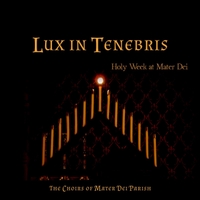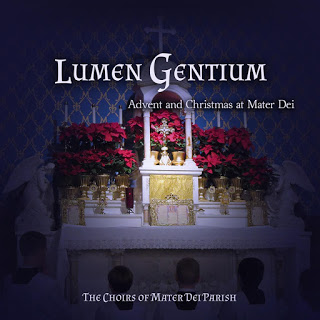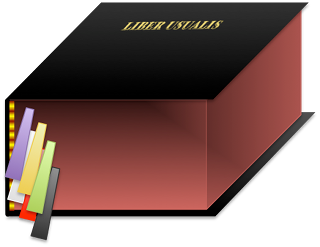My favorite verse of Veni Sancte Spiritus, the sequence for Pentecost, is O lux beatissima:
O lux beatissima,
reple cordis intima,
tuorum fidelium.O most blessed light,
fill the inmost heart,
of your faithful.
The chant line is hauntingly beautiful and the verse itself so wonderfully contemplative.
Writing a Polyphonic Setting
Many, many composers have written music that expresses light, often as if it is coming into a room like a morning sunrise. With this composition, however, I hope to express something deeper, something less obvious but much greater: the inner light of the Holy Ghost, which penetrates, searches, and cleanses the soul.
Naturally, I have already failed before I even begin; for it is an impossible task. Nevertheless, I have made an attempt, and in doing so have tried to make even peripheral aspects of the music and the score relate back to Pentecost in some way. Here is the resulting composition; the score is freely available at the bottom of the post and is released under a Creative Commons license:
Symbolism
The following are some of the hidden and not-so-hidden symbols embedded in the composition that point towards Pentecost:
- There are seven parts, one for each of the gifts of the Holy Spirit.
- The overall length of the score is 50 measures, the number of days from Easter to Pentecost.
- The verse concludes after 40 measures, the number of days from Easter to the Ascension.
- The echo of the O lux beatissima is 10 measures long, but is a 9-chord progression, representing the novena.
- There is both uniformity and diversity in the first section, which, from the perspective of the key is in constant flux. Yet it is complete, as all twelve notes of the scale appear somewhere within that section. This points towards God who is both knowable and unfathomable and who is complete yet boundless.
Miscellaneous
There are also some neat musical things going on in the composition that aren’t particularly profound:
- Every entrance begins a 4th above the entrance before it.
- Every voice’s entrance starts on the note currently being sung by the voice beneath it.
- The first 11 beats of the entrance is imitated almost exactly in every voice.
- The bass opens the piece on an A and ends on an A-flat.
Given these attributes of the piece, one could conceptually give the bass the A with no additional orientation of the key, and every voice should be able to come in.
Notes for Interpretation
I have divided the piece into three sections. The first section, O lux beatissima, is in a constant, natural crescendo as voice after voice makes its entrance, thereby adding to the sound. The climax of the first section is measure 20, where the C-major chord pops out of the texture and establishes the key as … F minor (because of the leading D-flat).
At the end of the first section, the ritardando is pretty significant, and the director should pause long enough for the sound to die completely before beginning the second section.
Even though the second section is in F-minor, it is not intended to be sad but rather mysterious. This section should speak of the what that blessed light does and how it operates, searching the innermost corners of faithful hearts. Keep a mezzo-piano dynamic with natural swells and ebbs within the individual lines. At the end of the second section, the sound should again die before beginning the final section.
The third section, now in the relative major, is like an echo. It should keep a quiet dynamic as much as possible throughout. As the soprano ascends the line, some crescendo is permitted, particularly to facilitate the high notes in that line. Still, as much as possible, it should not become loud.
Yes, there is one parallel fifth here, even though I’ve tried to avoid them throughout the piece. Between the bass and the soprano in measures 44-45, there is C/G moving to D-flat/A-flat. I left it there because other combinations I tried either added tritone jumps or made one of the lines difficult.
Final Thoughts
Thank you for taking the time to look at this piece. I hope you will find it useful. I welcome feedback, and would like to know if your choir is singing this or any of my other compositions.
About the Featured Image
The featured image is in the public domain.






I find this very interesting and enjoyable
I would like to find more of your music
Thank you, Huan, for your kind words. Most of my compositions are on this site. The following link provides a list of them: http://www.catholicliving.net/category/compositions/